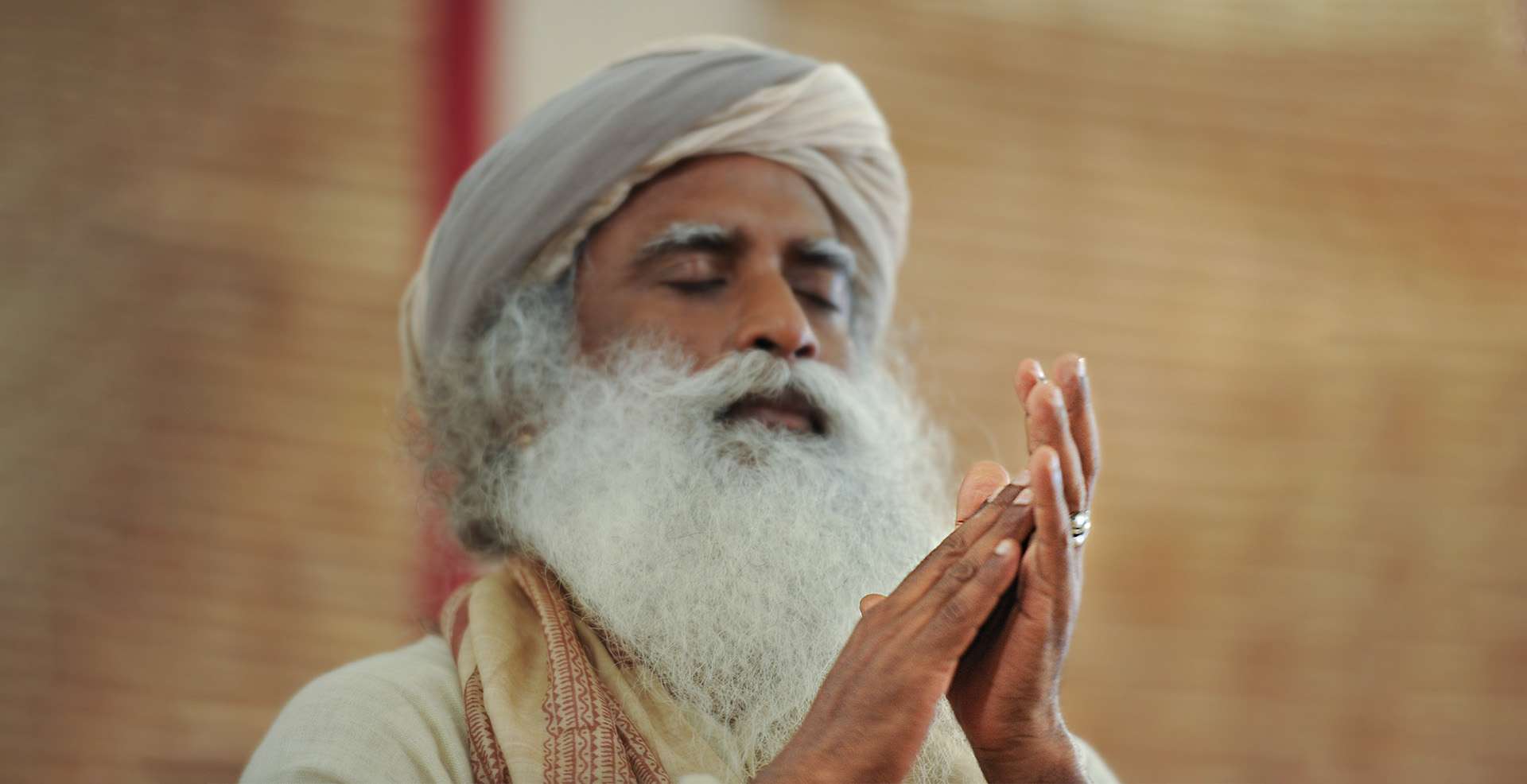

Dive into the intriguing world of sound with Sadhguru, as he explores the universal “Shhh” and its connection to stillness, meditation, and even music. Discover how simple vibrations shape our lives. Join us for a mesmerizing exploration of sound and silence.
Question: Namaskaram, Sadhguru. I have observed that the sound 'Shhh' finds expression in meditative states sometimes, and I was wondering what is the significance to the fact that this sound is also used in many cultures to induce calm or quiet in a person or situation.
Sadhguru: It is wonderful that you noticed that. Almost anywhere in the world, if you want to quieten someone, you say, 'Shhh.' You may have heard me utter a similar sound when I want to do something. Maybe I am saying Shambho or Shiva, but the basis of that is, 'Shhh.' 'Shhh' means silence, stillness, and the ultimate. Stillness is the ultimate nature of existence.
Sound is a vibration, and it has a beginning and an end. If you tap a tuning fork or pluck a string, the sound it produces has a beginning and an end. “Shhh” means quiet, peacefulness, silence, and stillness. As a mother, when you say, 'Shhh' to a child, you indicate that you want them to be quiet, calm down, become peaceful, or fall asleep.
‘Shhh’ means silence, stillness, and the ultimate. Stillness is the ultimate nature of existence.
If you allow your natural intelligence to function, you are in Yoga. We can look at Yoga as a science because it is not a made-up thing – it is based on the perception of what is already there. In the science of Yoga, the sound “Shhh” is fundamental because it is the first thing that comes from stillness. The root-sound for “Shhh” is “Mmm.” If you exhale with mouth closed, the sound is “Mmm.” If you open your mouth a bit, the sound becomes “Shhh.” If you open your mouth more, it becomes “Uuu.” If you open it even more, it becomes “Aaa.”
'Shhh' is a sound that is supposed to evoke peace, quiet, sleep, stillness, or meditativeness – Shiva. It is there in every culture in so many different ways. But individual human beings or cultures that have evolved for certain purposes will try to create certain types of sounds around them.
This used to happen in a very dramatic way in our home. When we were kids, me and my brother liked nothing other than rock ’n’ roll. These kinds of sounds excite youth all over the world because they are so physical. Our mother was not disturbed by our rock ’n’ roll, but our father at least professed that he could not stand this music. He wanted to listen to classical music. We could not stand classical music at that time.
But, you know, rock ’n’ roll cannot be listened to at low volumes – it has to be at a certain decibel level. When we raised the pitch, my father could not stand it. So, when he was busy, or engrossed in his newspaper or a book, we slowly increased the volume. Unconsciously, his foot started tapping. Then, we caught him, and we said, “You’re prejudiced – that’s why you say you don’t like our music. But see, your foot is tapping! So, you also like our music.”
Among all the reverberations in the scale of creation – from stillness to physical manifestation – physical manifestation is the grossest form of reverberation.
Likes and dislikes are reactions within you. But if you simply listen, you will see rock ’n’ roll is just a modern representation of folk music. And some heavy distortions of folk music have turned into other forms of music. But, essentially, the kind of music that makes your body move is physical in nature.
Among all the reverberations in the scale of creation – from stillness to physical manifestation – physical manifestation is the grossest form of reverberation. Rock ’n’ roll is composed of sounds that naturally make the body rock.
By contrast, if you listen to certain other kinds of music, such as Indian classical ragas, you will become still. You will sit there without moving. The first thing Indian musicians have to learn is to sit cross-legged. They cannot perform standing up and jiving. They have to sit still because that is the basis of their music.
In stillness, there is a nascent, subtlest possible reverb. Stillness is not death-like. It is a vibrant stillness, but it is such a refined form of reverb that most people will not perceive it. The sound “Shhh” that you have heard from me is not based on culture. Cultures are based on the purposes for which people got together.
The primary goal of a culture – be it survival, pleasure, adventure, or conquest – will be reflected in its music. Even within the same culture, different people, depending on the kinds of activities they are involved in, naturally are attracted to a different types of music. If meditativeness or the longing for liberation becomes your goal, you will be drawn to a certain type of music.
The primary goal of a culture – be it survival, pleasure, adventure, or conquest – will be reflected in its music.
If love is your way, you will gravitate towards a different type of music. Because many musicians are unable to express emotions purely through sound, they resort to using words. But at least classical musicians across the planet are able to transmit emotions with pure sound, without needing to express those emotions in words.
Coming back to the sound “Shhh” … most mothers, if they are not overly influenced by their formal education, often use specific sounds to communicate with their infants. I am not against education, but modern education is largely based on a massive volume of words. The sound “Shhh” is a classic example of a fundamental sound, and it is great that you noticed that.

